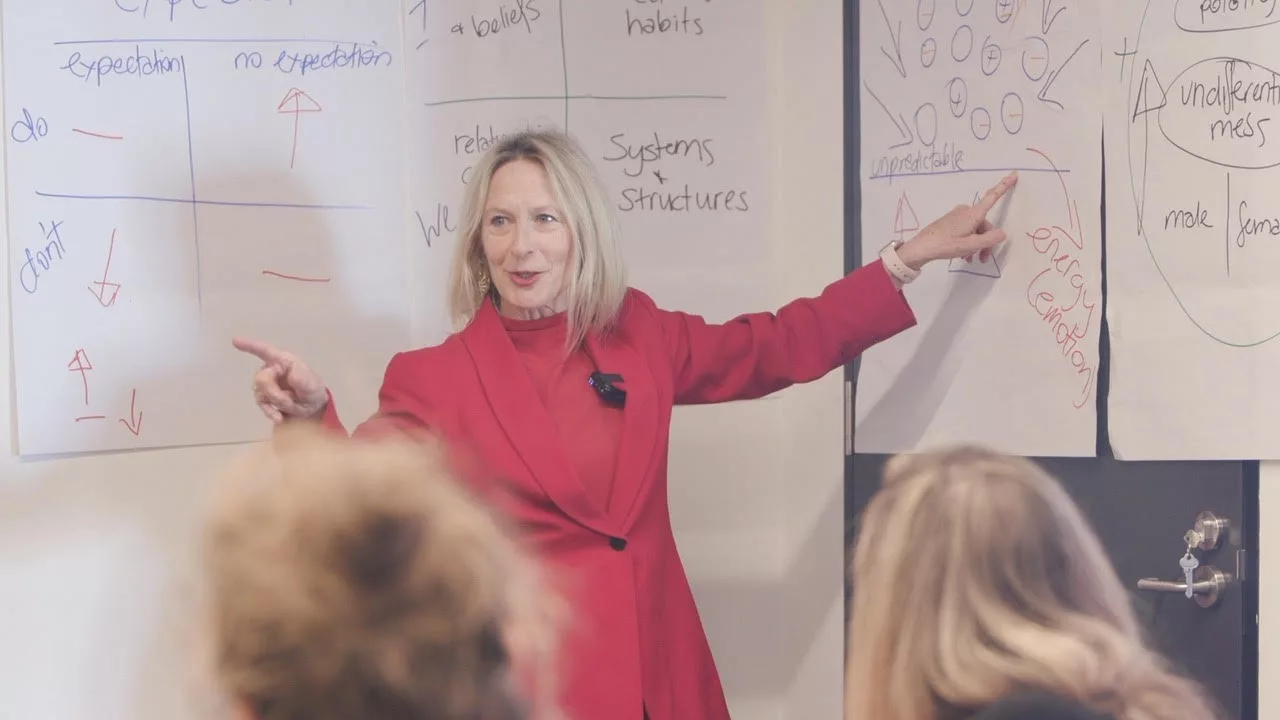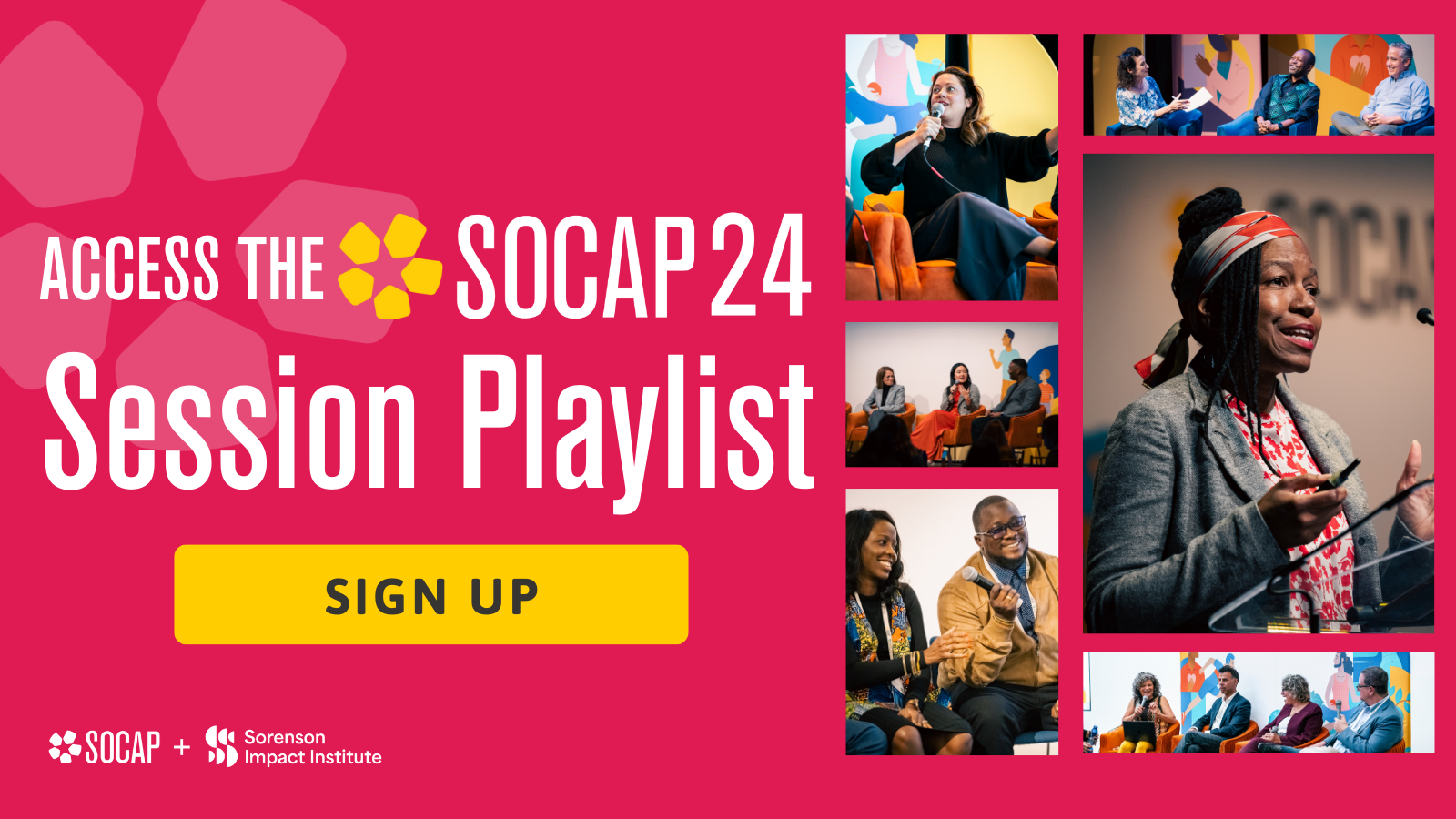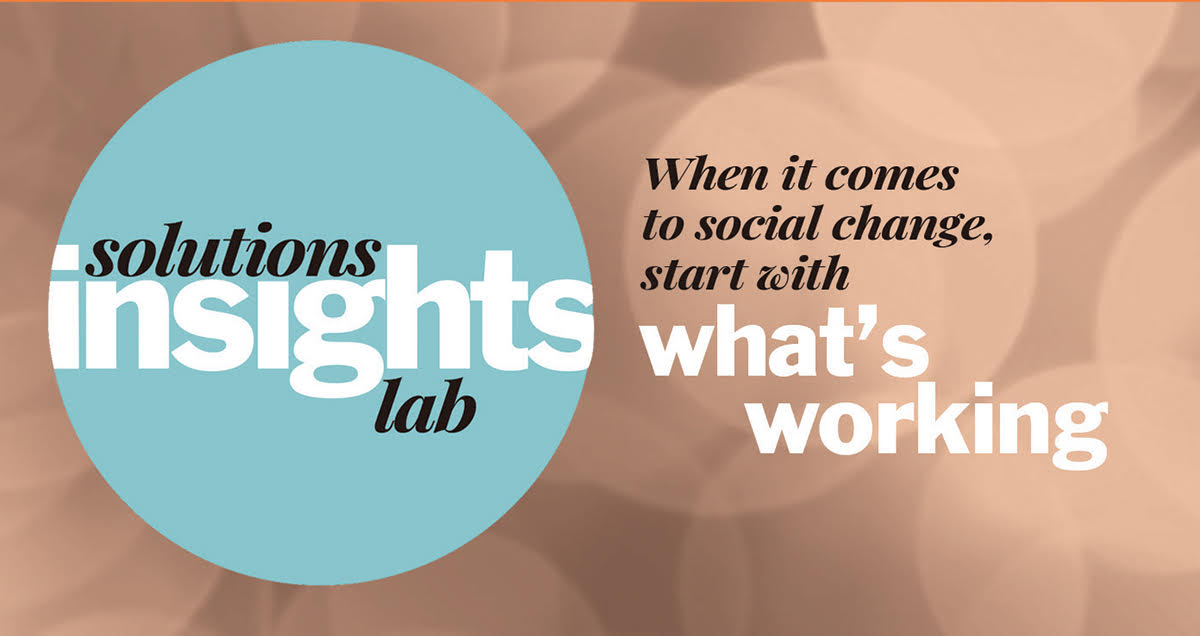We are called to be architects of the future, not its victims.
R. Buckminster Fuller
We all know what a mess the world is in, that the status quo is no longer acceptable. Most of us who work for change know this. And lately, I’ve had a number of conversations that discussed the need to burn it all down to create something new; something that is truly equitable for all, something that values people and planet as much as profit; something that we have zero idea how to do.
It wasn’t easy to get to this place. There’s an argument to be made that the other side got her first (at least in the US), and that’s how we ended up with our current President. Over and over we have heard, “I was just tired of politics as usual,” or “I didn’t want another career politician in the White House.” These people were calling for something radical, and they got it.
The Democratic Party tends to be pretty slow and steady. Our platform hasn’t changed much over time. We aren’t truly comfortable with radical revolution, though you couldn’t tell that from most of our marketing and branding. Our political machine tends to be even slower to change. We’ve moved through history with an us versus them mindset that posits the two parties as the one that thinks about themselves first and the one that thinks about others first.
This dichotomy keeps us from moving very far either way. I used to think this was good. I believed it was what Martin Luther King Jr. Meant when he said, “The arc of the moral universe is long, but it leans towards justice.” Recently I’ve been rethinking it all. I took the red pill, pulled back the curtain, and, in some ways, it worked. I have the fighting spirit of Neo and I am ready to unplug the Matrix.
Except I have no idea how to do that. At least once a week I say to someone, “How do we burn down the world we live in while also maintaining a way to live in it?” It is a good question to ask, but I think we are asking them from the wrong place. We are afraid (and rightly so). Womxn, people of color, and queer people are all afraid, both of what is happening to us today and the things that could happen tomorrow if we don’t do something. A Course in Miracles says, “Only love is real: The opposite of love is fear, but what is all-encompassing can have no opposite.”
If we are operating from a place of fear and it is destroying us, the only recourse must be to operate from a place of love.
So says Dr. Christine McDougall of Syntropic Enterprises. This is how it feels for me to interact with Dr. McDougall: Imagine you had a radical idea to create something or do something. Few people around you, if any, had thought of this before, but when you explain it to them, they 100% get it. Then you meet with someone who lives on the other side of the world and they have been doing it for 30 years. That is Dr. McDougall.
For 30+ years, she has been training with the teachings of Buckminster Fuller and working with groups of humans to rethink and reimagine everything we know and everything we are doing. One of the ways she does this is by closely examining language.
For example, when I was discussing impact and how I wanted to feature people who worked for a positive impact on people plus planet, she interjected with, “Perhaps we should think about the word impact. It is a negative word on its face. An impact is never a good thing. Is there another word we can use instead?”
All the speaking and writing I have done about language and not using patriarchal words that hurt us more than help us, and this never occurred to me. She’s spot on too. In our lexicon, we tend to use impact when we are describing something that caused a negative outcome and influence when we are discussing something that has a positive outcome.
The police presence impacted the protestors.
The protestors influenced the decision to defund the police.
It’s also a word that requires a qualifier and, even then, sometimes, it still doesn’t say what you want it to say. People don’t say they do impact work, they say they do social impact work. The qualifier is used to tell the listener/reader/watcher that the impact you are working towards will help things. People who are working to stop what you are doing, or doing the exact opposite thing, would still be able to say they are working for social impact because they too are trying to influence culture.
So what if we change it completely and say that we are doing the work of Syntropy. Syntropy is the opposite of entropy. Entropy is the gradual decline to disarray. Syntropy is the gradual incline towards a better world. And it leads with love: for the planet and the people and animals who inhabit it.
The goal of Syntropy, according to Dr. McDougall is to leave everything better.
And it requires the end of teetering back and forth between existing power structures, economic structures, and language.
My favorite example that she gave is the Limited Liability Corporation (LLC). She said, “Maybe we shouldn’t be limiting our liability, but, instead, we should be expanding our responsibility – to everything.
We’ve been working so long to have a sustainable culture and to perpetuate sustainability. According to Dr. McDougall, that’s the wrong approach entirely. Sustainability is zero. Syntropy is the only thing that gets us to the positive side of zero. Sustainability is better than where we are now, but it isn’t near where our potential is.
Although doing this will be harder than anything we have done before, it is not impossible. She’s doing it! She’s helping leaders everywhere create entirely new structures of doing business; structures that are regenerative and take care of our earth and our people. What does this look like in practice?
- It looks like not making policy decisions by weighing the value of human life against the value of our economic system.
- It looks like a global pandemic comes and you work with your people to collectively make decisions that don’t leave anyone behind.
- It looks like getting super connected to your Source Idea – the reason you started doing what you are doing – and tapping into it for every decision you make.
- It looks like changing what has value and taking money down a notch!
In the Syntropic Universe, there are 12 forms of value, 6 inputs, and 6 outputs: Matter, Currency, Tools and Artefacts, know-How, Warm Data, and Wellbeing.
Dr. McDougall also said that she often asks people if they have ever shown up somewhere or created something that wasn’t met with value – it was devalued or undervalued. Almost everyone says yes. I can think of 5 times in the past month this has happened to me!
Many times this happens because you are a service provider and people don’t understand the value of everything that goes into your work besides the literal hours you spend doing the work (i.e. the research, training, knowledge you have). The Syntropic Enterprise values contributions in a variety of ways. It also takes care of people’s basic needs.
Take the question of paying a living wage. If a company is using the old models – even the social enterprise ones – it’s easy to say, “Well, we can’t afford this, so we have to make changes.” With a Syntropic model, the company starts with love and says, “How can we operate for the benefit of all?” Of course, you will pay a living wage if you are operating for the benefit of all. There’s really no discussion.
Or maybe you are considering starting a business and discussing a potential co-founder. The old way of doing business says, “Our investments should be the same. If they don’t have capital, they can earn their percentage with sweat equity.” The Syntropic model says, “What do I bring to the table that is of value? What do you bring to the table that is of value? How do we combine those things in love and work for the betterment of the planet and those who live on it?”
Interestingly, when you first start to dig into Syntropy and the Syntropic Enterprise, it can feel heavy, a little complicated, and maybe even daunting. But once you start applying the Syntropic method to the literal decisions you are making, it feels lighter, more in sync, and even familiar. It’s heavy, as a social impact entrepreneur, to feel like I am not being valued for my contribution to a company and the world or to make the decision to stop paying people or opening back up (from COVID-19) sooner rather than later. In the second scenario, fear is guiding the situation and you make your choice based on the lesser of two evils (opening and putting people at risk or staying closed and risking your financial well-being). When you change the question to be, “How can I contribute to the wellness and economic safety of my staff while also ensuring my own economic security and well-being?
This is not a question that fills you with dread or puts an awful feeling in your gut. This is a question that seeks a solution and indicates that one exists.
Back to the current state of the world. Perhaps instead of saying It’s time to burn it all down, but how do we do that, and how do we rebuild it, we should start asking how we can benefit the most people, value the most contributions, and work towards our 100-year goal of a truly Syntropic world? Yes, 100-year goal – not Q3 goal. Syntropic looks well into the future and thinks about the cost of everything (the cost to the earth, humans, government, and more).
The first step is to download and sign the Syntropic pledge.
We are the Map Makers and Way Finders – at the frontiers of new models of enterprise design, human coordination, capital, care, and love for our planet and its future, all Earth’s creatures. When we commit to working synergistically our potential is exponential. Acting in this way, honoring the laws inherent in nature, and applying them to human systems, there is no problem an eternally regenerative Universe that cannot be solved.
After that, you can join a Syntropic Masterclass and learn to actively and thoughtfully deploy new models of enterprise design, from legal to governance to ownership, creating self-managed teams, steward leadership all without damaging your core business. This is important. The goal of this is to carry out the mission of your core business. You are doing the work you are doing because you have a solution to one of the world’s problems. The world needs that solution. And we need it to be way more than sustainable, we need it to be Syntropic.
Connect with Dr. McDougall today. You can even join a {monetarily} free one-hour class that features a special guest who is a leader in their field and will inspire you to believe that this really is all possible and a case study of a Syntropic Alumni. I’ll be on the July 16th call – join me!







